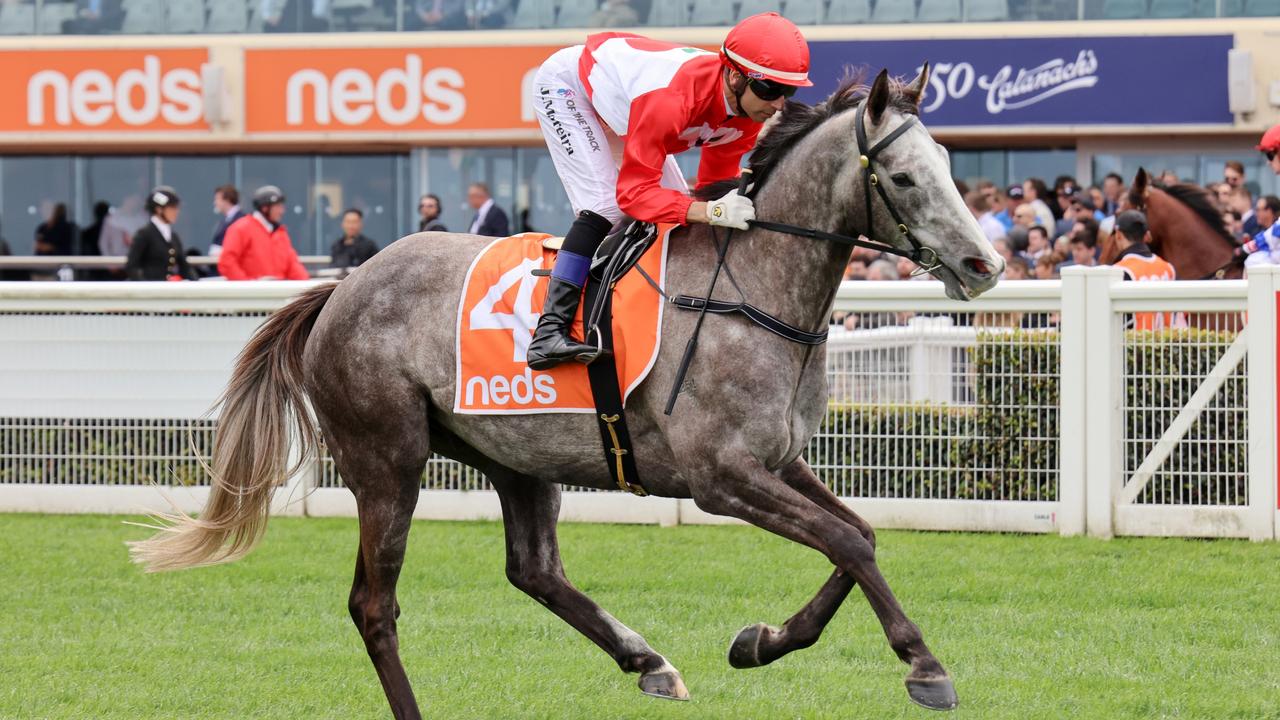“The fact that it has taken longer, I think, demonstrates it’s not a simple issue. It’s a combination of a social issue on the side of problem gambling, but it’s also a social issue on the side of the interests of sport and the importance of having strong and commercially viable sporting codes.”
The federal government has still not formally responded after an inquiry recommended a blanket ban on television ads, sponsorship and promotion in June last year. Prime Minister Anthony Albanese described online gambling during live sport as “reprehensible” at the time.
Mr Sneesby’s comments came as Nine reported its half-year results on Thursday for the six months to December 31. The company cut out nearly $30 million in costs and reduced its interim dividend by a third to 4¢ a share as it waited for an improved advertising market. Its shares fell 7.3 per cent to $1.70.
Nine’s newspaper division was a “standout”, CEO Mike Sneesby said. Dominic Lorrimer
Group revenue fell 2 per cent to $1.37 billion, earnings before interest, tax, depreciation and amortisation fell 15 per cent to $316.1 million, and statutory net profit fell 40 per cent to $113.8 million.
TV and radio revenues fell 9 per cent to $654.6 million, while Stan, which held flat at 2.2 million paying subscribers, grew revenue by 11 per cent to $228.4 million due mainly to price rises. Its 60 per cent stake in Domain, which was linked to private equity interest last year, delivered improved results last week against increasingly dominant competition.
But the star performer, Mr Sneesby said, had been the newspapers. Nine reported a 4 per cent dip in revenue for its publishing division – which covers the three major mastheads, car site Drive, youth-focused Pedestrian Group and nine.com.au – to $288.7 million. A soft market for programmatic (digitally auctioned) ads on mass-reach websites such as nine.com.au hit revenue.
At The Age, the Herald and the Financial Review, however, the number of subscribers rose 7 per cent to 480,000 – despite increases in subscription prices. Average revenue per user rose 5 per cent, and registered users – those who had logged in with their email addresses – rose by more than 1.5 million. These increases offset declines in print sales, as more people read news online.
“The newspapers, both physical and digital, have been the standout,” Mr Sneesby said.
“The job that’s been done around, firstly, our journalism. Our investment into important areas that drive subscriptions, the work that’s been done in managing the paywall, and what we provide for free in front of it versus what we don’t – all of that has been a very well executed plan and strategy, not an accidental result.”
Source: afr.com

George Barham, an accomplished journalist and avid gambling enthusiast, serves as the esteemed Editor-in-Chief at fly-to-australia.com, Australia’s leading source for comprehensive gambling news and insights. With an unwavering passion for both the written word and the ever-evolving world of betting and gaming, George brings a wealth of knowledge and expertise to the helm of our editorial team.




